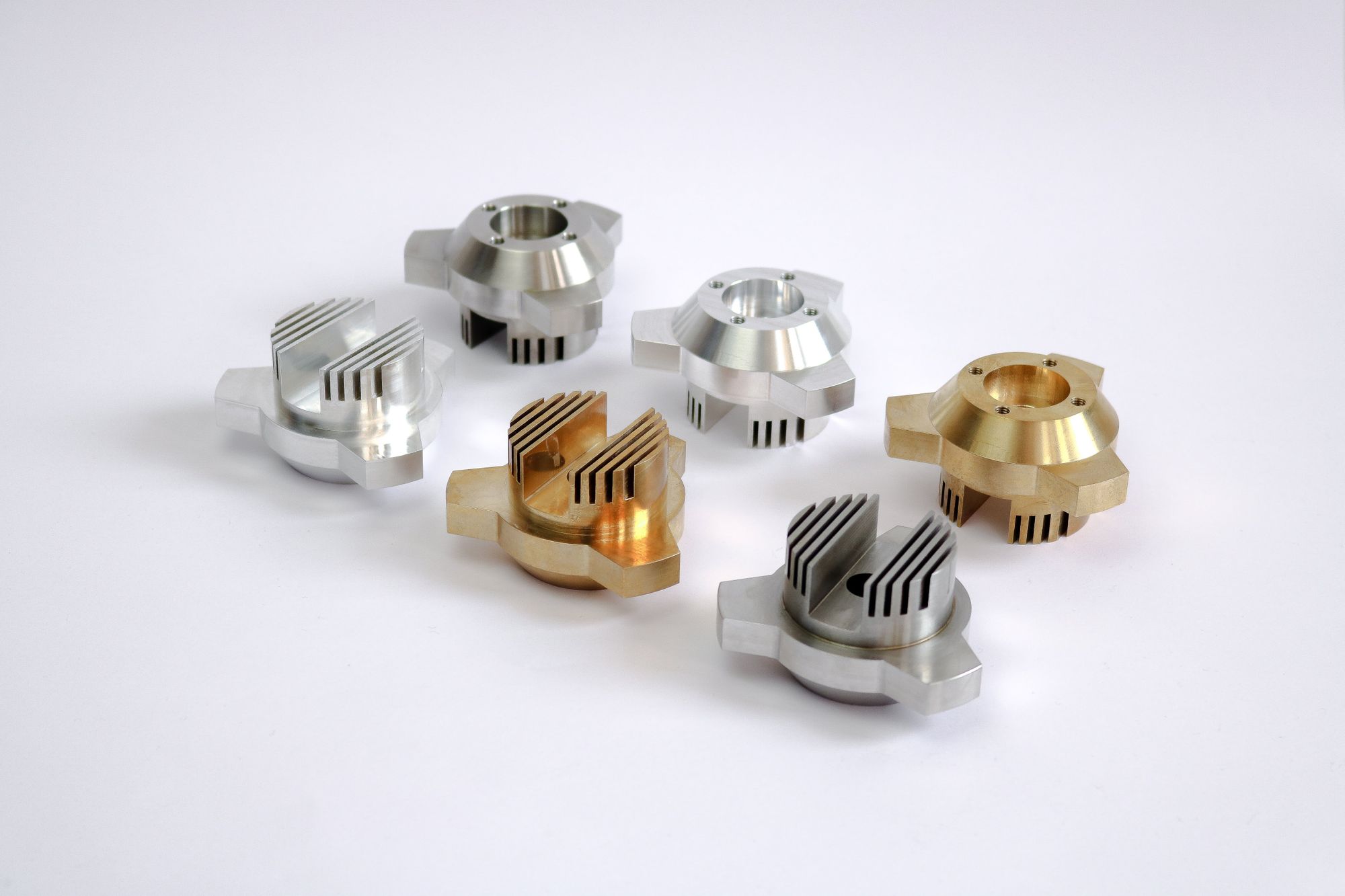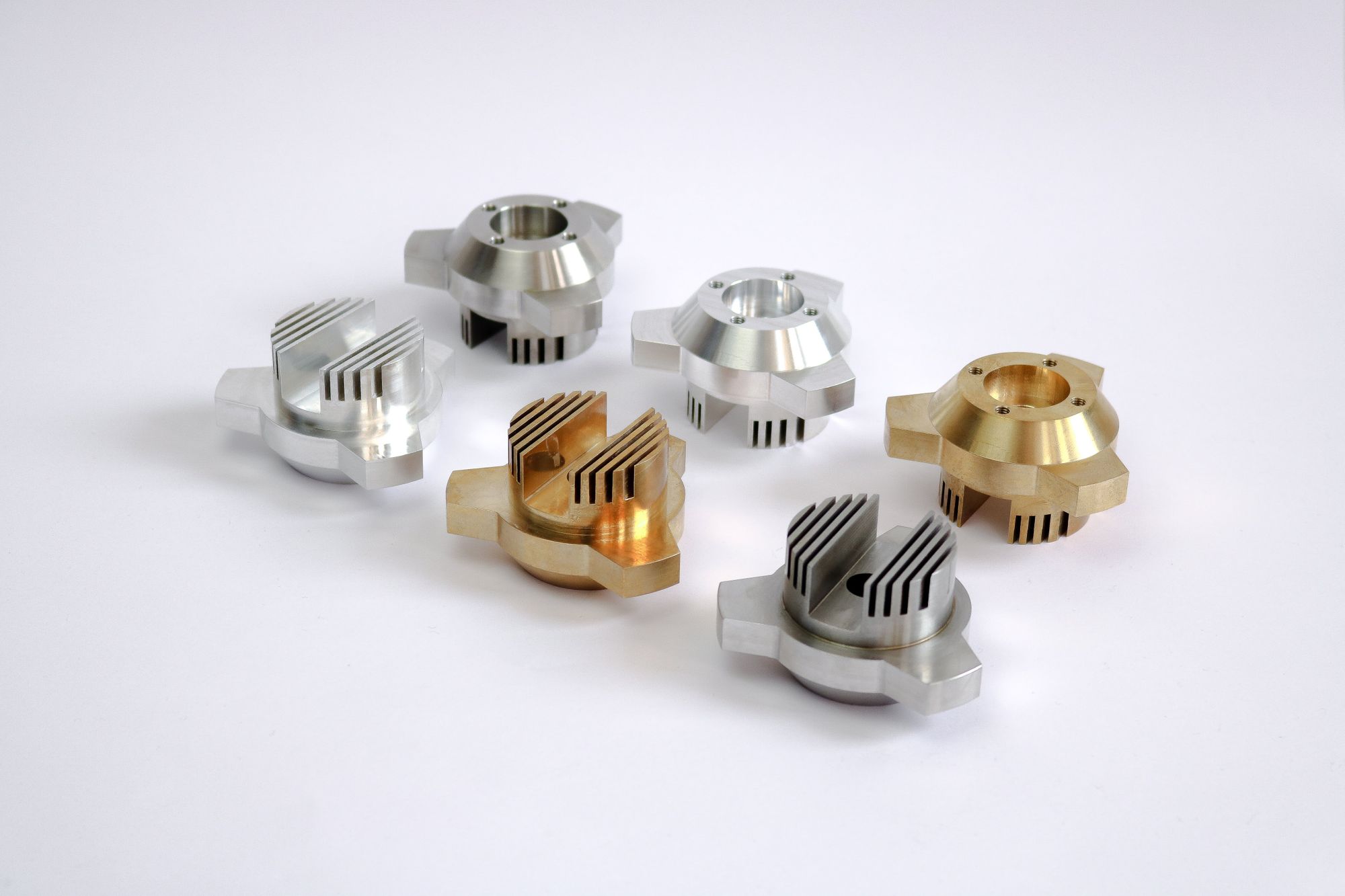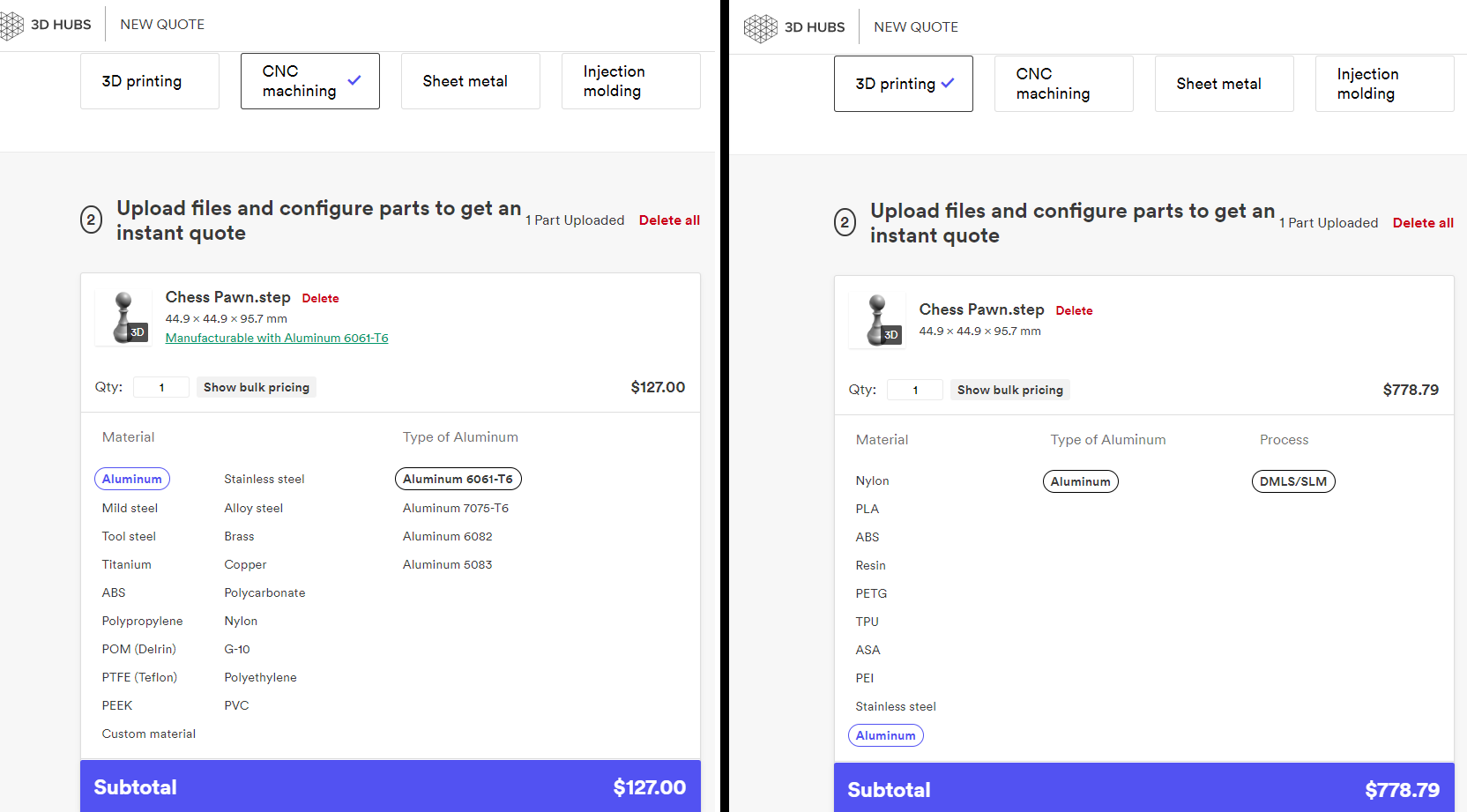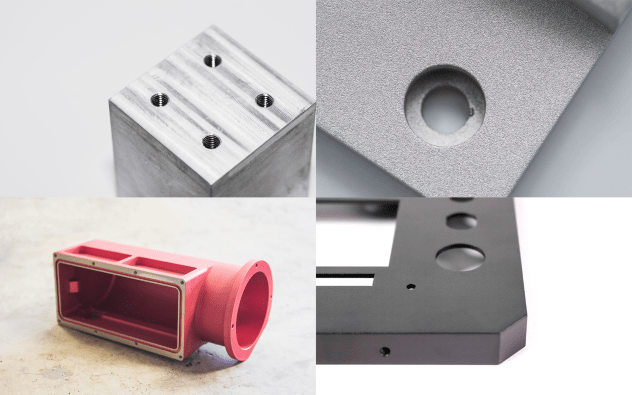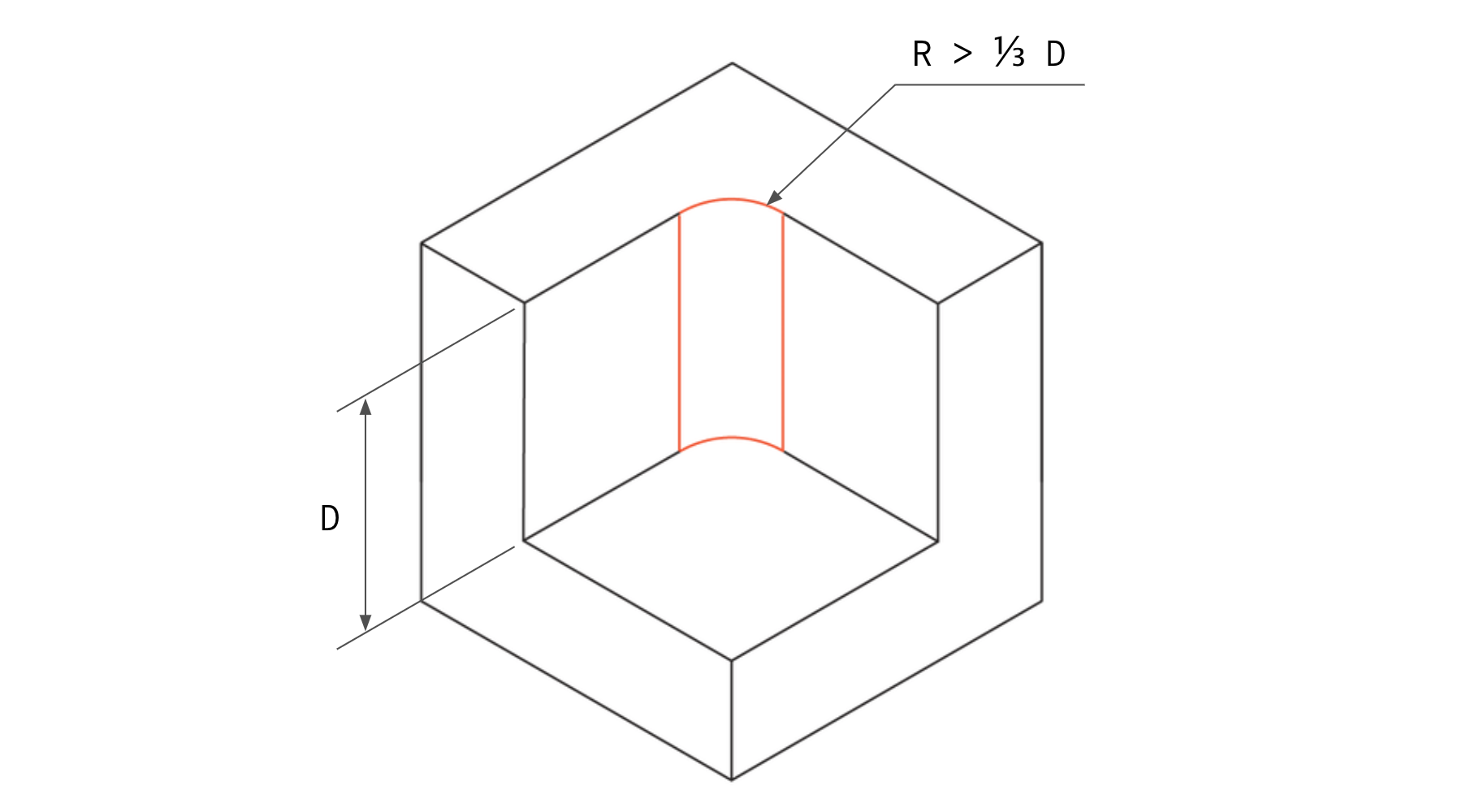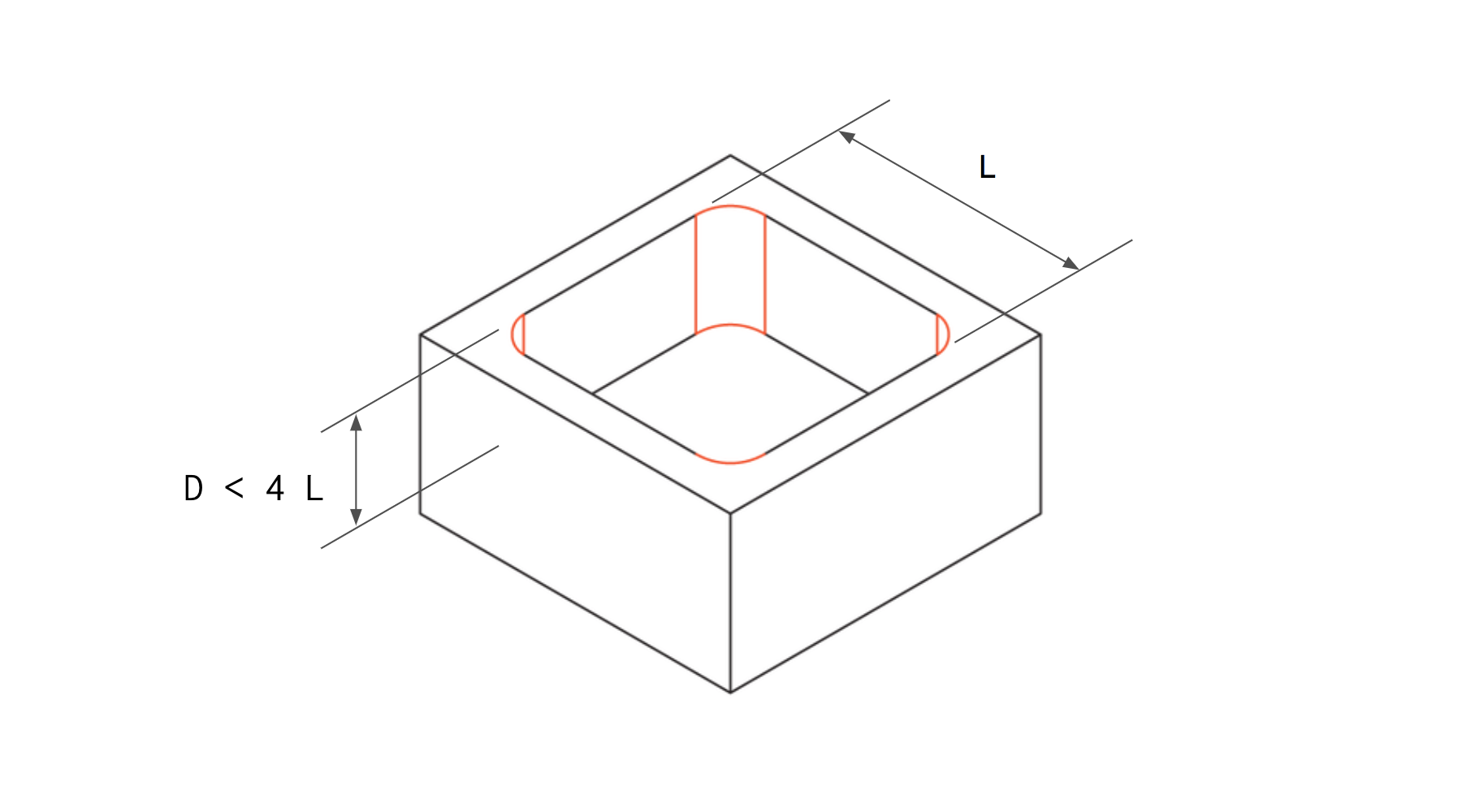In this part of this series on prototyping, learn all about computer numerical control, or CNC machining!
Another popular technology for creating prototype parts is CNC machining. In some ways, CNC machining is the opposite of 3D printing. 3D printing is an additive process in which parts are built up by progressively adding material. CNC machining, on the other hand, is a subtractive process in which parts are created by gradually removing material from a larger base shape.
The video below, from Inventables, who sell the X Carve CNC machine aimed at Makers and small businesses, shows a woodworking company called Well Made Design making a product with a CNC machine. In the video, Well Made Design is creating a one-off, custom shelf for a customer, which is not too different from making a prototype. The beginning part of the video shows how the CNC machine is used to quickly and accurately translate a CAD design onto a piece of lumber.
Different CNC Machining Processes
Although it is less accessible than 3D printing for small studios (because the machines involved are more expensive and because they require more space to run) there are still a number of services from which CNC parts can be ordered. CNC machining typically refers to three related but separate processes:
- CNC milling involves using a computer-guided tool to remove material from a larger block in order to produce parts. CNC milling can be used for prototype parts in which all the design features are accessible from one side of the part. Essentially, CNC milling makes parts from sheets of material.
- CNC turning produces parts by removing material from a rotating, cylindrically rod. This technology is useful for creating prototypes parts with round cross-sections.
- 5-Axis CNC machining is similar to CNC milling but the machine is able to move the tool with greater degrees of freedom, allowing it to create parts with complex geometry in a single manufacturing step.
The Advantages of CNC Machining for Prototyping
For creating prototypes of parts, CNC machining has a number of advantages over 3D printing and the other prototyping technologies discussed in this article, but also some downsides.
One of the biggest benefits of using CNC machining to create prototypes — especially for parts that will eventually be produced by injection molding — is that CNC machining produces prototypes made from solid materials, unlike 3D printing. This means that the mechanical properties of CNC-machined parts are extremely similar to the properties of injection molded parts.
A second benefit to prototyping with CNC machining is that the machines can work with materials that are either unavailable or too expensive to use with other prototyping technologies. Even for a common material like aluminum, creating prototypes via CNC machining is much cheaper than 3D printing.
For some materials, like aluminum, CNC machining is far cheaper than 3D printing
Finally, CNC machined prototypes can be made with very high-quality surface finishes. Depending upon the material selected, and depending upon any post-processing techniques used, CNC machined parts can be left as-machined, bead blasted, anodized, powder-coated, sanded with various grits down to a polished surface, or chrome plated.
Compared to 3D printing which leaves layer lines, or laser cutting that can leave scorched edges, CNC-machined prototypes can have a high enough surface quality to serve as final prototypes for presentation in a crowdfunding campaign or in marketing materials.
These are some surface finishes available from 3D Hubs. As machined, bead blasted, anodized, and powder coated
The Disadvantages of CNC Machining Prototypes
There are, of course, some downsides to making prototypes with CNC machining as well.
The most significant disadvantage is that CNC machining, and CNC machines themselves, are much less accessible to small product development teams or solo makers than 3D printing. A 3D printer capable of making fairly high-end prototypes can be had for under $500. However, CNC machines, especially those with larger work areas that are capable of working with aluminum, can cost several thousand dollars.
Possibly more important than the cost consideration is that a CNC machine requires more of a shop workspace compared to 3D printers or laser cutters that can run in an office. CNC machines are very loud and create a large amount of dust and require more knowledge and training to use effectively and safely.
The second drawback to using CNC machining relates to the fact that CNC machines use rotating cutting tools, called end mills, to remove material from a piece of stock and make parts. This means that there are some additional design considerations that product developers need to bear in mind when creating their designs. First, CNC machines cannot create perfectly square interior corners. Because the end mills are round, interior corners will always have a radius, no matter how small the tool diameter.
CNC machining cannot create perfectly square interior corners because the end mills are round
Using a mechanical cutting tool also limits the maximum cavity depth CNC machines can achieve. End mills have a limited cutting depth before leverage on the tool causes excessive deflection and vibrations become problematic. So, designs with deep, narrow cavities cannot generally be created on a CNC machine.
The last downside, when it comes to design flexibility with CNC-machined prototypes relates to a specific design feature called an undercut. CNC milling machines have access to the stock material from the top only. Therefore, these machines are unable to create (with a few specific types of undercuts) design features that are not accessible from the top of the material. Even for 5-axis CNC machines, all the design features in the part need to be accessible directly from the exterior of the part.
There are only a few specific types of undercuts that can be made on a CNC machine, like this dovetail.
Undercuts are a prime example of a design feature that can be created using 3D printing but cannot be created via CNC machining or injection molding.
Final Thoughts on CNC Machining for Prototypes
CNC machining is often used to create high-fidelity, late-stage prototype parts for in-development products. CNC machined prototypes are made from solid materials, typically the same types of materials from which your product may be manufactured using mass production technologies like injection molding.
Although it is less accessible than 3D printing for small studios, because the machines involved are more expensive and because they require more space to run, there are still a number of services from which CNC parts can be ordered: 3D Hubs, Xometry, Fictiv, and Protolabs are some well-known examples.
The next technology discussed in this series, laser cutting, shares many of the advantages offered by CNC machining and the laser cutting machines themselves are similar to CNC mills. However, laser cutting and CNC machining each have specific tradeoffs for designers choosing a technology for prototyping parts.
